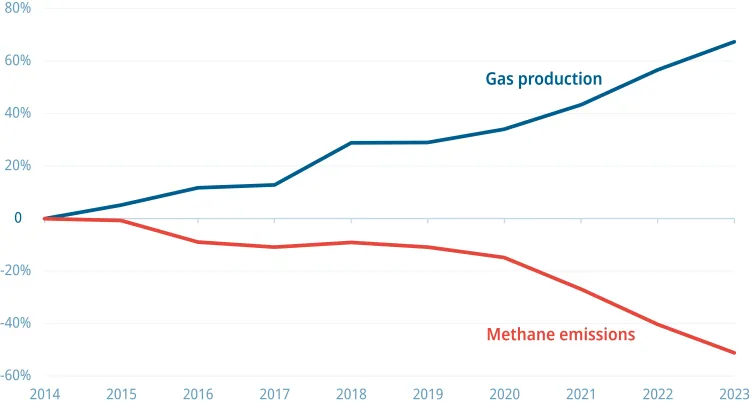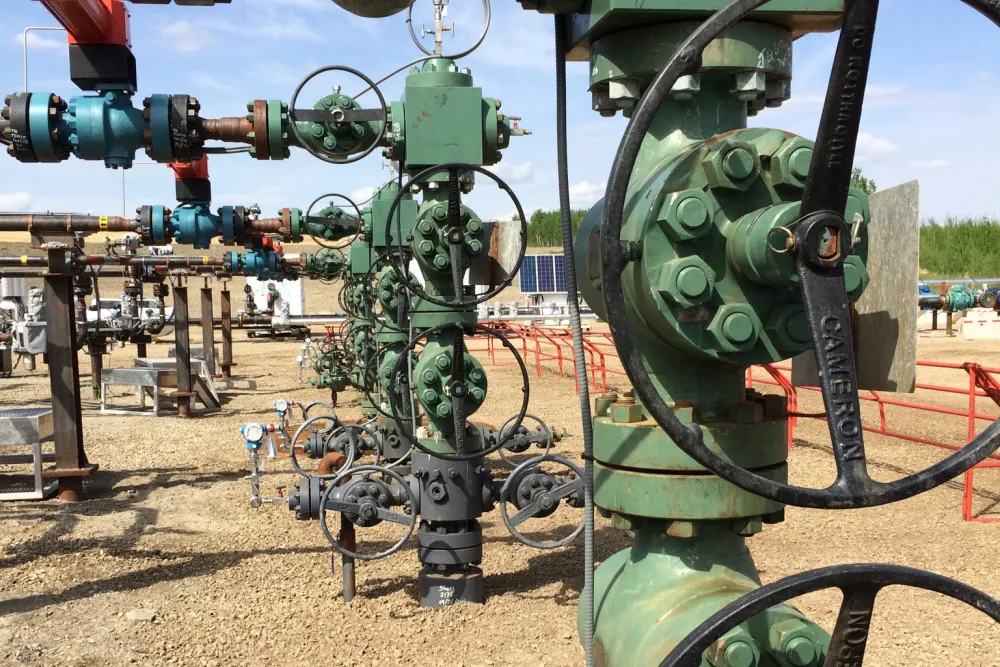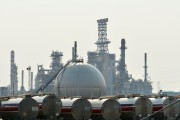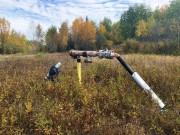Canada’s most recent national greenhouse gas inventory (for the year 2023) shows that B.C. has already met its 2025 target for reducing oil and gas methane emissions. While the province is not on track to meet its broader climate targets, this success story shows that action on oil and gas methane – an area of rare agreement between governments, industry, and environmental groups – can still produce impactful wins, especially when governments follow a science-based approach.
Keeping methane (the main ingredient of natural gas) from leaking and venting is a win-win-win for Canadians, companies, and climate. It is a low-cost way to mitigate near-term climate warming while fostering Canadian resilience. Conserving natural gas enhances energy security, creates good jobs, and equips Canada to diversify trading partners in a world that is increasingly privileging provably low-emissions energy products.
What leadership means
Because research on, and technology to address, methane emissions sources keeps evolving, being a leader in this space is not a simple case of setting a target, meeting it, and moving on. A new Pembina Institute report, Raising the Bar, argues that leadership on methane means continually gathering data, assessing progress, identifying gaps, and raising the bar by setting sequential targets and progressively strengthening regulations to meet them.
B.C. is excellent example of this, in that it is the only jurisdiction we know of, globally, to have set a target of near-elimination of industrial methane emissions by 2035. B.C. has also distinguished itself from the other producing provinces by integrating aerial measurement data (data from sensors attached to airplanes) into its emissions modelling and regulatory development.
Credible data is crucial
This kind of data is vitally important. Methane emissions inventories are usually based on self-reported data produced using formulas (emissions factors) that are meant to reflect average emission rates for different types of equipment. Scientific studies have consistently shown that relying on these formulas results in significant underestimation and underreporting. Measuring methane emissions allows us to quantify them more accurately and therefore to design effective regulations, credibly assess progress, and identify further areas of need.
B.C.’s success story stands apart because it is backed up by credible data. B.C.’s success is evident in Canada’s most recent Official Greenhouse Gas Inventory. For the last two years, Canada’s inventory (summarized in the National Inventory Report) has integrated aerial measurement data, some of which was gathered in collaboration with B.C.’s government and energy regulator. These measurement-informed methane emissions estimates have been independently corroborated by peer-reviewed studies. For these reasons, it is the most credible and comprehensive official inventory available.
Decoupling emissions from production
B.C.’s success story is also special because methane emissions are trending downward despite significant increases in the province’s oil and gas production. When assessing progress toward methane reduction targets, it is important to consider trends in production levels, because lower production naturally means lower emissions. As Figure 1 (below) shows, B.C.’s gas production has significantly increased since its baseline year of 2014.

Fig. 1: Change in B.C.’s annual gas production versus methane emissions (from 2014 levels)
Data sources: Canada Energy Regulator and Canada’s Official Greenhouse Gas Inventory
Oil production has likewise increased during that same period. This means that the methane emissions reductions we are seeing in B.C. are genuine efficiency improvements attributable to the province’s strong regulatory regime. This is what real success looks like, and we encourage other producing provinces such as Alberta and Saskatchewan to strengthen provincial regulations and pair them with transparent measurement data to ensure progress is proven and durables across production changes.
As B.C. looks ahead to the two-year review of its recently strengthened methane regulations, to potential equivalency negotiations with the federal government (if proposed federal regulations are finalized), and to eventually delivering on its 2030 and 2035 targets, B.C.’s policymakers would do well to continue following a science-based approach. They should further prioritize robust multi-stakeholder engagement and address remaining issues such as uncombusted methane from compressor engines, unlit and underperforming flares, and additional venting sources such as separators.





